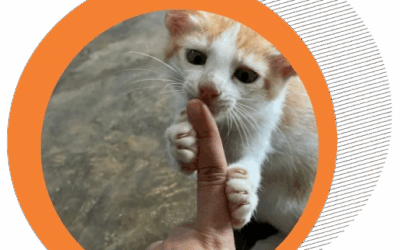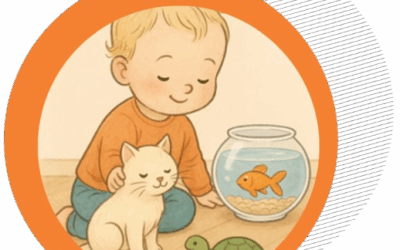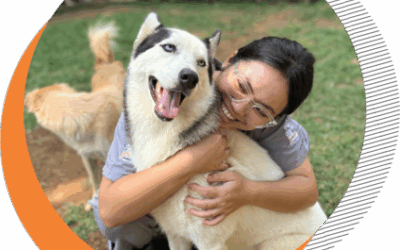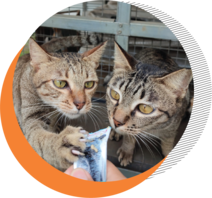
Five Domains Model of
Potential Welfare
Compromise
By: Azmi Masfiyati
Translator: Winaya Satasya
In 1964, Ruth Harrison Published a book titled “Animal Machines’ ‘ which caused a stir in England, leading to the formation of the Brambell Committee that was tasked to report on the welfare of animals used in agriculture.
The 1965 Brambell Committee Report stated that, “Welfare is a wide term that covers the physical and mental well- being of an animal” (Haynes, 2011). The report also documented the key concept of animal welfare that is still known as the Five Freedoms
However, the Five Freedoms concept that was designed to minimize an animal’s negative experiences is deemed to be flawed because it does not promote or encourage positive experiences and states.
It is generally agreed that good animal welfare requires positive experiences and not just the reduction of negative experiences (Mellor and Kells, 2022)
Furthermore, Professor David Mellor developed a new related concept called the Five Domains of Potential Welfare Compromise (Groves et al., 2021), or more commonly known as the Five Domains Model (Mellor, 2017).

The development of the Five Domain Model for animal welfare assessment started in 1994 by Professor David Mellor and Dr. Cam Reid. They proposed a new model as a means to systematically identify and assess the severity level of welfare compromise in various forms, by refining the Five Freedoms into the Five Domain Model which covers Nutrition, Environment, Health, Behaviour, and Mental state/ Experience (Mellor, 1994).
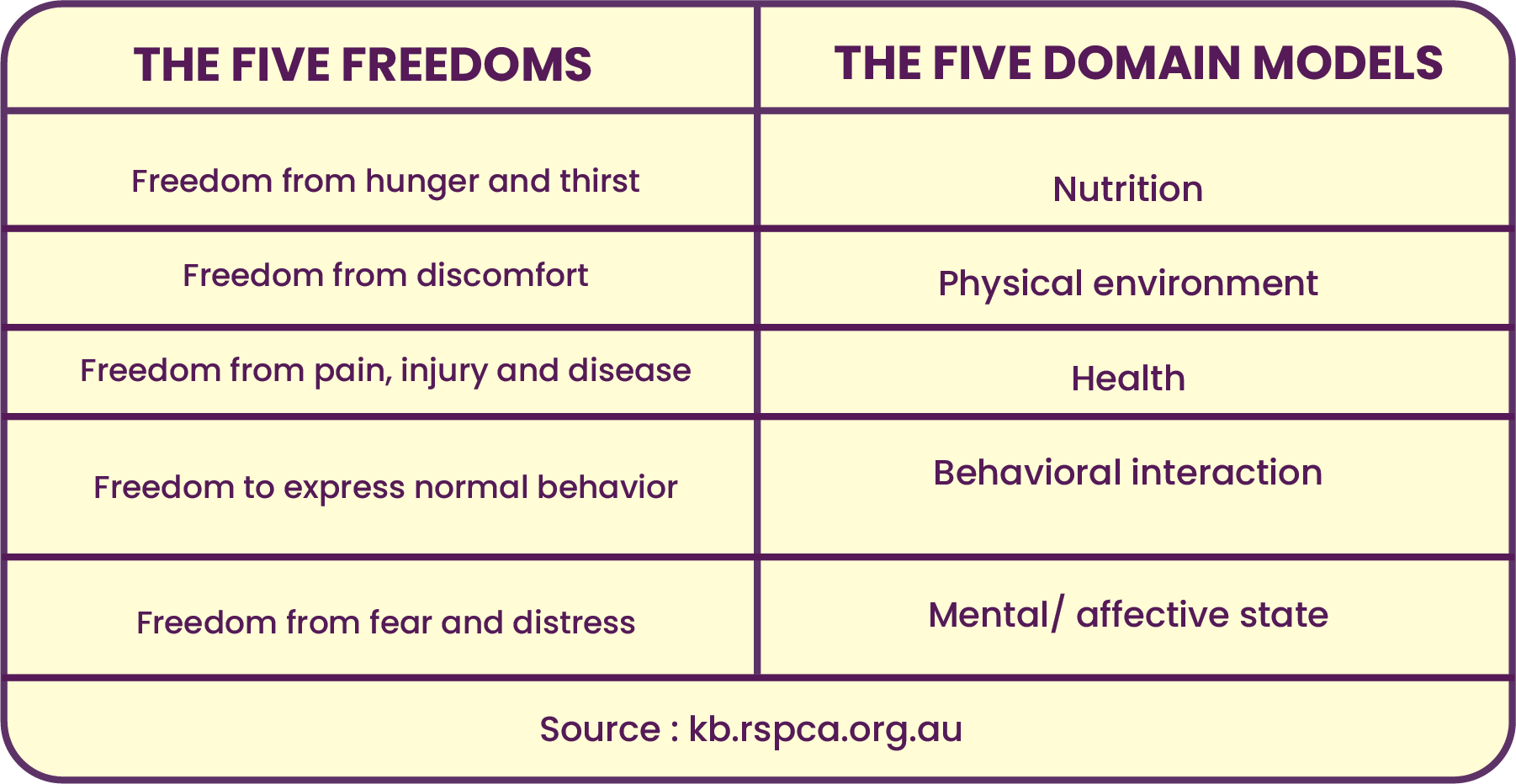
Over the past 5- 10 years, increased attention has been given to performing more detailed assessments of these impacts. Livestock owners, working animal owners, animal care staff, shelter staff, zookeepers, wildlife managers, researchers, pet owners, and animal trainers are among the people who are of concern (Mellor et
al., 2020).
The Five Freedoms and the Five Domain Model fundamentally have the same 5 elements. However, the Five Domain Model elaborates the mental state of an animal much more detailed and it acknowledges that for every physical aspect that is affected, there may be subjective experiences accompanying it which can also affect their welfare. This conveys a meaningful message that an animal’s emotional needs are equally important as physical needs.
Source:
https://kb.rspca.org.au/knowledge-base/what-are-the-five-domains-and-how-do-they-differ-from-the-five-freedoms/
Kells, N. J. (2022). Review: The Five Domains model and promoting positive welfare in pigs. Animal, 16, 100378. https://doi.org/10.1016/j.animal.2021.100378
Mellor DJ & Reid CSW (1994) Concepts of animal well-being and predicting the impact of procedures on experimental animals. In Improving the Well-Being of Animals in the Research Environment; Australian and New Zealand Council for the Care of Animals in Research and Teaching (ANZCCART): Glen Osmond, SA, Australia, pp. 3–18.
Mellor, D. J., Beausoleil, N. J., Littlewood, K. E., McLean, A. N., McGreevy, P. D., Jones, B., & Wilkins, C. (2020)
The 2020 five domains model: Including human–animal interactions in assessments of animal welfare. Animals, 10(10), 1–24. https://doi.org/10.3390/ani10101870
Mellor, D. J. (2017). Operational details of the five domains model and its key applications to the assessment and management of animal welfare. Animals, 7(8). https://doi.org/10.3390/ani7080060
Related Post:


